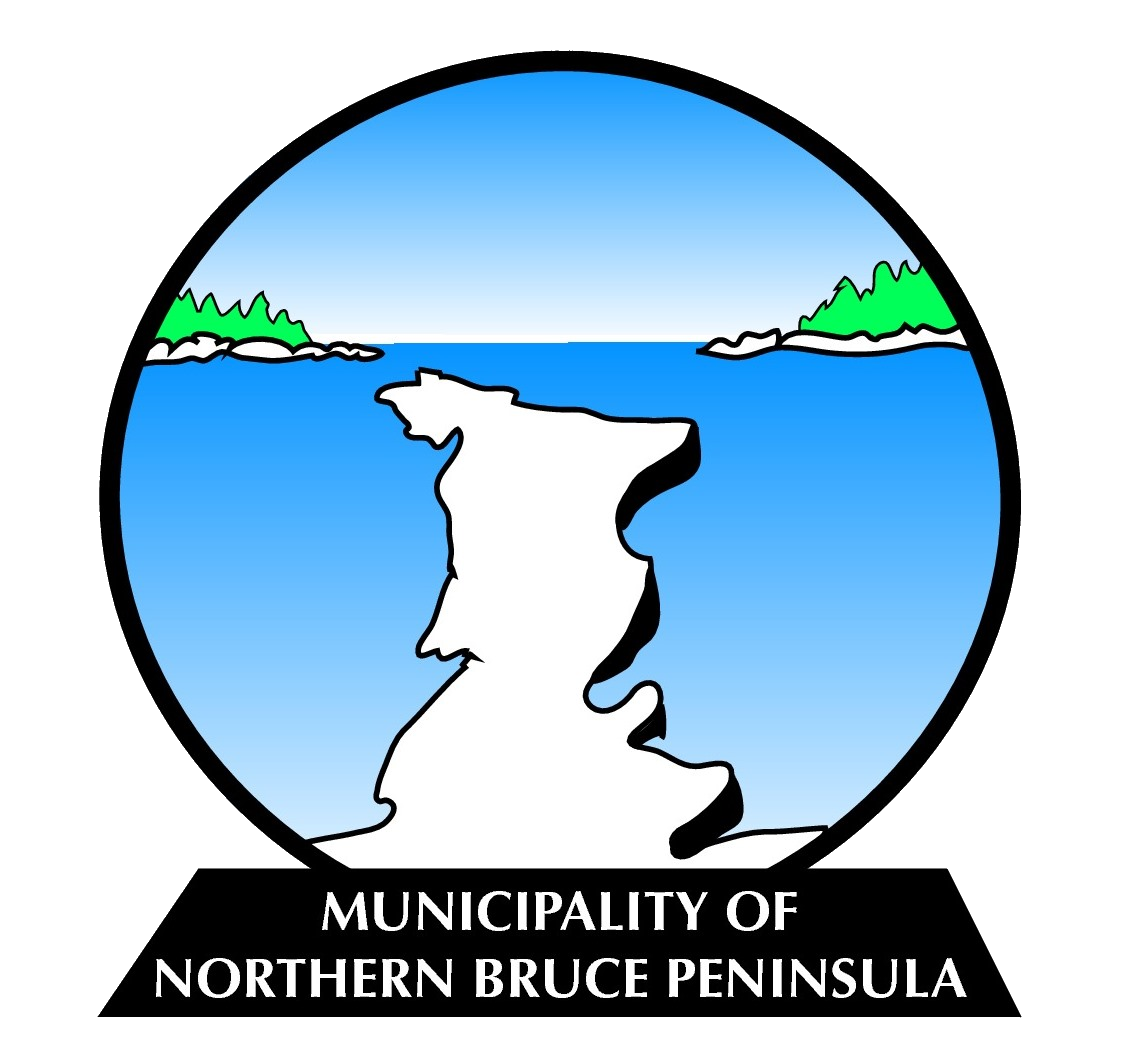If you choose to get out of your car to help a turtle or other animal, your safety is the number one priority.
Drive with Caution: Be vigilant while driving, especially in areas where turtles are known to cross roads. Slow down and watch for wildlife crossing signs, especially during the warmer months. Watch for pedestrians who may be assisting turtles.
Ensure Your Safety First: Before assisting a turtle, make sure it's safe for you to do so. Pull over to a safe location, turn on your hazard lights, and check for oncoming traffic.
Stay Visible: Wear bright or reflective clothing, especially at night, to ensure you're visible to drivers. Remember other drivers may not see you.
Assess the Situation: Is there someone with you—get them to watch for traffic or hazards while you assist the species to safety.
Look Both Ways: Before crossing any road, remember the fundamental rule: look left, look right, then left again. Ensure there are no vehicles approaching from either direction.
Always wear gloves and disinfect hands after handling animals to prevent disease transmission. When moving a turtle across the road, always move it in the direction that it was going.








